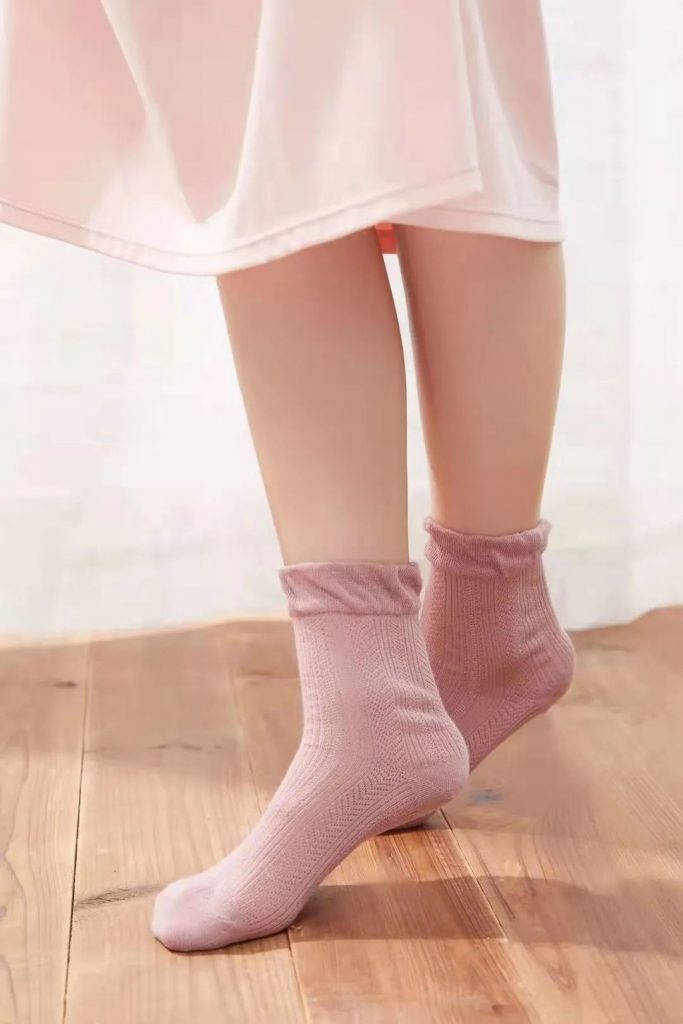Since modern times, with the popularization of cotton planting and the emergence of industrial synthetic fiber, the ancient hemp has gradually faded out of people’s vision, but in recent years, with the continuous upgrading of textile technology, hemp fiber has been radiated with new vitality.
According to historical records, hemp originated in China. The clothing and accessories made of hemp have many functions, such as moisture absorption, air permeability, comfort, heat dissipation, mildew resistance, bacteriostasis, radiation resistance, ultraviolet protection, sound absorption and so on. They can be used for both military and civil purposes. In terms of the effect of making antibacterial socks, it has been widely praised. Hemp is the first natural fiber used in fabric by human beings. It has the reputation of “the source of national textile and the ancestor of clothes for thousands of years”. Its planting history is at least 8000 years.

Hemp is the raw material of all kinds of military clothing and high-grade clothing, which is expected to change the textile structure of today’s world; In the future, it may also become a substitute for minerals such as oil and coal to reduce environmental pollution caused by energy consumption. Hemp is an eco-friendly and renewable multi-purpose plant. After degumming, spinning and other processes, it becomes like white cotton wadding. It can be spun by wool, cotton and blended, and the cost is low. The moisture drainage of hemp is three times that of pure cotton. Hemp fabric can kill the attached bacteria within 1 hour; Hemp fabric can shield more than 95% of ultraviolet rays. It will not fade at 370 ℃ and will not burn at 1000 ℃. It has excellent heat resistance and UV resistance; Hemp bast can be used for textile, with adsorption and good air permeability, which can eliminate peculiar smell; Hemp stalk core can be ground to produce wood flour, activated carbon and pulp for papermaking; Ma ye, Ma Hua, Ma root can extract drugs, such as hemostasis, dispersing stasis, detoxification and anti abortion. Hemp seed kernel can extract oil, and its unsaturated fatty acid content is higher than that of deep-sea fish oil; Hemp stalk core absorbs 11 times more formaldehyde than pine, and has the special function of decomposing chemical harmful gases.

In addition to clothing, Hanma military research uses Hanma stalk core powder as raw material to make a new generation of wood bulletproof ceramics with high protection ability and light weight; Hemp electromagnetic shielding plate can be used for electronic information shielding of command post; The high-efficiency carbon adsorption material made of hemp rod can be used to make high-grade gas masks; Hemp seed protein can be extracted from the remaining seed meal after oil extraction, which can be used to make combat rations with high nutritional value; Hempseed biodiesel has been tested by millions of kilometers of tank engines and ground vehicles. It is proved that it is basically consistent with the current military diesel index and can meet the requirements of energy diversification of the army.
Hemp has formed an industrial chain of 14 industries, including agricultural planting, rough processing, fiber processing, chemical industry, papermaking, viscose, wood plastic, automobile interior decoration, new building materials, composite materials, food and health care, medicine, activated carbon and biodiesel.

Only China, Canada and Germany have mastered the development and utilization technology of hemp fiber in the world, and China’s R & D achievements are at the leading level in the world.

